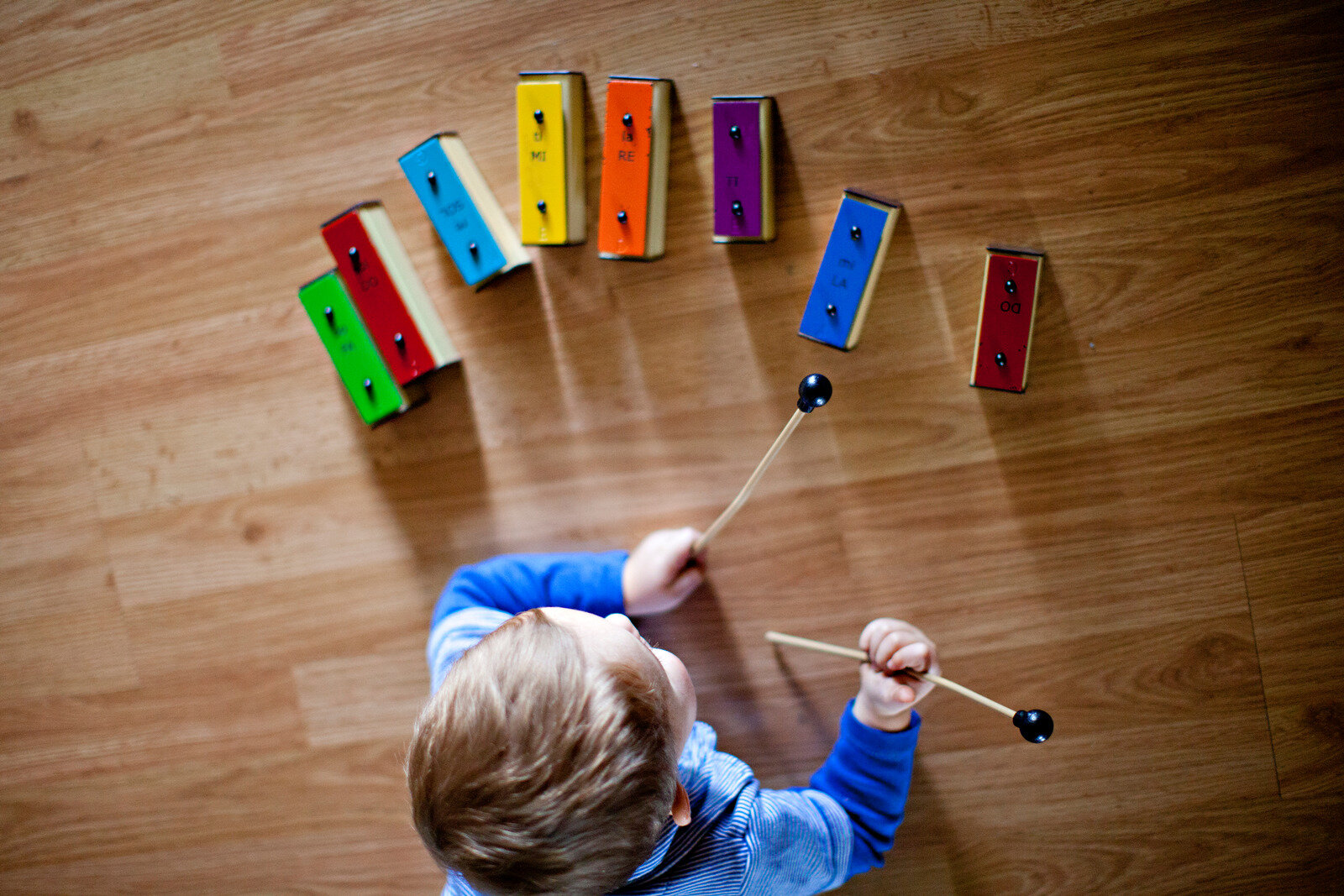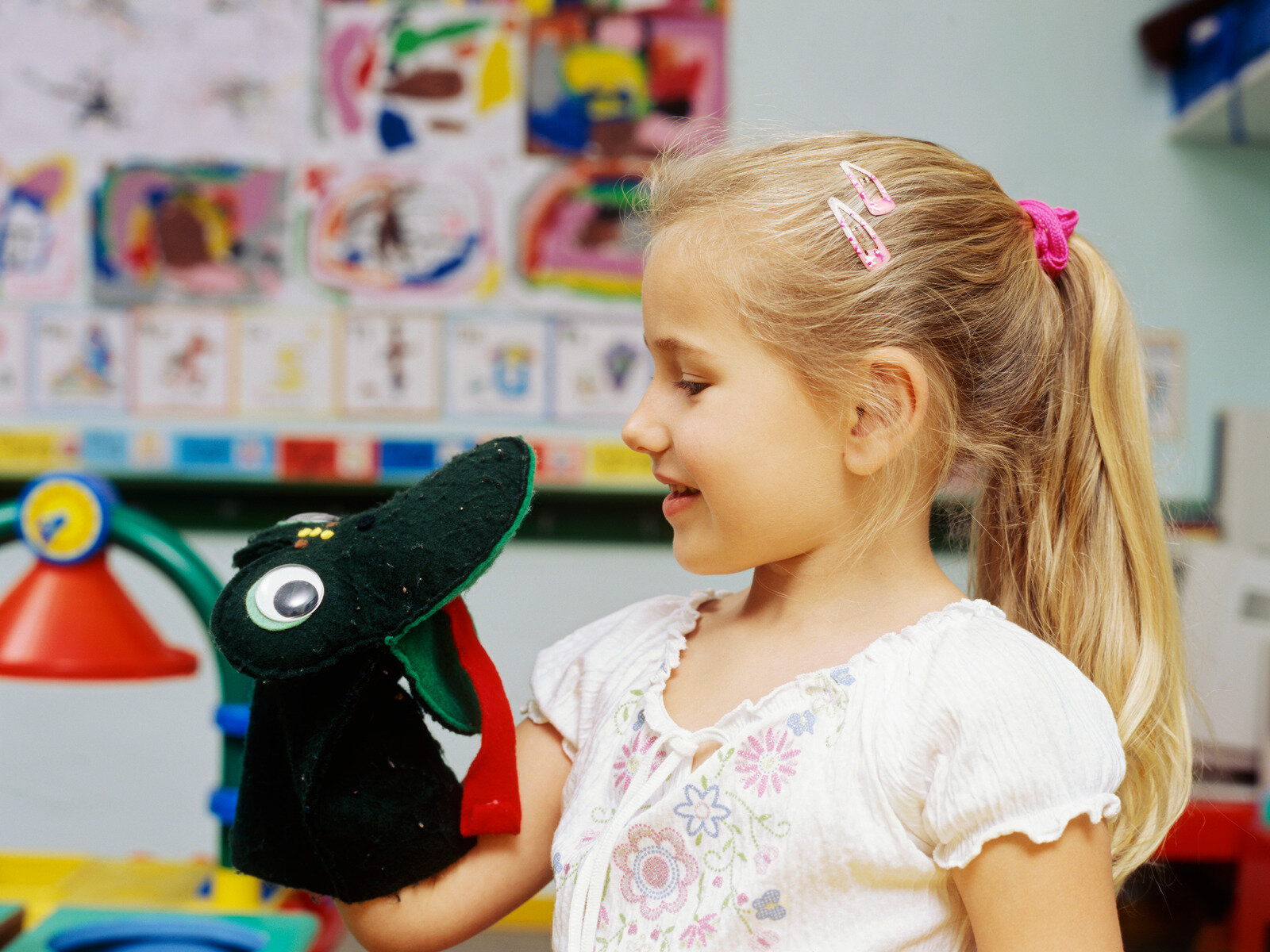9: Using Music in Play Therapy
Note: Play Therapy Across the Lifespan is created to be heard. If you are able, we strongly encourage you to listen to the audio so that you are able to appreciate the emotion and emphasis that cannot be captured by text alone. Transcripts may contain errors and differ slightly from the audio. Please check the corresponding audio before quoting it in print.
Resources and Links
de l’Etoile, S. K. (2002). The effectiveness of music therapy in group psychotherapy for adults with mental illness. The Arts in Psychotherapy, 29(2), 69–78. https://doi.org/10.1016/S0197-4556(02)00139-9
Prologue
Did you notice the music at the beginning of the podcast? What kinds of thoughts and emotions surfaced as you listened? If you want to learn more about why that song was written, go back and listen to episode 6, but if you want to learn more about using music techniques in your therapy work, then this is the episode for you.
Each week, Billboard’s Hot 100 compiles a list of the top songs based on sales and airplay. In 2019, the top song was Old Town Road, a country/rap hybrid that set a new record for the longest-running number one. Mariah Carey hit number one with All I Want for Christmas is You, the first number one Christmas song since the ’50s, even more remarkable since it was originally released 25 years ago. This makes me wonder about the tension between things that are new and push boundaries – what genre does country-rap even fit in? – and nostalgic Christmas tunes about being special to someone. How do our clients feel this?
You know already that a certain song can transport you back to high school, movie scores can cue you for humor or terror, and catchy jingles can get stuck in your head for hours. But how can you use music in your play therapy? That’s our topic for today.
Disclaimer – Music Therapy vs. Music in Therapy
Speaking of same song, second verse, I want to remind you that Music Therapy is a specialized field with specific education and training. To call yourself a music therapist, you must have earned the proper credential. Here in the United States, that is through the American Music Therapy Association and you can learn about it at musictherapy.org. The same is true about calling yourself a play therapist. You need to earn the Registered Play Therapist credential. Please don’t misrepresent your credentials.
Now that I’ve covered the disclaimer, you can still use music techniques in your play therapy work. Music is one thing that you can add in the background, even if you don’t use it as part of a technique. I am not a music therapist, so I’ll give you a few ideas today, but I can’t even come close to covering this entire field.
What Is Music in Therapy?
Music is an amazing way to connect to emotions. You probably already have a playlist (or maybe a retro album collection) of music that energizes you, some that you gravitate towards when you feel down, sappy love songs, and what I call fight music. That’s what I listen to when I want to feel sassy or have some attitude. Companies are built around creating music to help you focus or study, and most yoga classes walk you through mind/body work with relaxing music. And some songs just seem to be written for a road trip.
Restaurants use music to subtly get us to eat faster, movies keep us on the edge of our seats with dramatic crescendos, and you’ve probably caught yourself thinking the lyrics to elevator music intended to soothe you while on hold. Once, I was studying for class, and I noticed I was reading frantically fast while my body tensed up because of the classical music that I didn’t consciously even notice my roommate was playing.
Music is everywhere, and it truly does provide a soundtrack to our lives.
But just because music is playing, doesn’t mean that sound translates into therapeutic work. Like other expressive arts, we use music techniques strategically, and with purpose. Anxious clients might calm with soothing, instrumental music in the background. A little psychoeducation could help clients learn to select the music to change their moods, not just match them. Or, asking clients about the music they selected to hear in the last day might help us understand and build rapport with them better.
Music may be instrumental or with lyrics, so we can use both words and sounds in our work with clients. Beats, varied tempos, or even discordant sounds from an instrument can all be used. Songwriting might fit better in the expressive writing category, but you could argue that it fits here, too. What kind of song would you write to describe the last week?
What Materials Are Needed?
One thing I really like about the field of counseling is that we can adapt our counseling space to incorporate lots of different ways to work with clients. With little clients, having toy instruments available may invite natural play, making music or even singing impromptu lyrics. With older clients, you might have real instruments like a guitar, keyboard, tambourine, bells or bongos. If you don’t have space for a band, though, you can still use apps like Spotify or Pandora on a phone, tablet or laptop. Speakers might help the sound. Paid and free software (like Garage Band or Audacity) can make it accessible to use techniques where clients create a piece of music to share their experiences and emotions. If lyric creation is part of a technique, then you’ll need paper and writing utensils. You can find just about any song with lyrics on the internet. What song really speaks to you about what your diagnosis is like? Then, read the lyrics together as the client shares the ones that stand out.
To Prompt or Not To Prompt?
I teach using any expressive art as a way to “see” what is internal for the client. With music, I can see the nonverbal body language as the client uses the technique, but I rely more on my senses of hearing and feeling with this one. Your choice to prompt or not will be based on your theory, your personal counseling style, and whether your client needs one. An older client without a music training background might be hesitant to pick up what they perceive as your instrument, so a prompt could introduce music and an acceptance of the client’s fumbling early attempts, even if you are typically nondirective. On the other hand, you could overtly prompt creating a playlist, singing a song you picked with a purpose, or homework to create a music track to help you hear the anger, grief, or fears. Prompting doesn’t need to be always or never. Use prompts (or not) in a way that is consistent with the way you use play therapy. Remember, if you use music techniques, the goal is to introduce them, guide them, and understand what comes out of them through your theoretical and philosophical lens. It’s never just a technique.
Music Across the Lifespan
Music is great in therapy across the lifespan. Babies rock to music and are soothed by humming. Dementia patients may come alive when hearing music from their generation. Personally, I love the upbeat 80’s music because some of it was poignant to significant life experiences, both positive and negative. I want to share some admittedly overgeneralizations to help you understand some ways that you might incorporate music in your work.
Children
Some children may “talk” by singing their stories unscripted. They generally will play on toy or real instruments with little need to self-censure what they think is not good. Often, music is a way to explore and delight in the ability to make noise. Have toy instruments, microphones, and maybe a full-length mirror for the role-playing performer.
Adolescents and Young Adults
Adolescents and Young Adults often accumulate music and gravitate to songs that fit their experiences, but songs also define their experiences. They usually have strong opinions about the music they like and hate. They may listen to songs on repeat, cultivate specific playlists for moods, events and friends, and you likely see them in the waiting room with earbuds pushed in their ears. This makes it fairly easy to bring their music into therapy. Youtube has a lot of videos that include lyrics, so you can read them while listening if you are unfamiliar with the song. All you need is their playlist or laptop to find an important song. Occasionally, you may work with an adolescent or young adult who writes songs, and you can also include those.
Adults
Adults tastes in (and time for) music changes. Adults may begin to listen to podcasts, audiobooks or talk radio more and songs less. When they listen to music, they may explore jazz, classical or ambient music more and music with lyrics less, unless they have chosen a career related to music. For some, this may mean they age out of popular music and prefer the music they enjoyed in their adolescent and young adult years. Some may even be stumped when you ask for their favorite song now. Still, music may be a valuable tool for mood regulation, revisiting earlier life challenges, and creating safe spaces for trauma work.
In this section, I mostly focused on music with lyrics, but music is much, much broader than that. You might use techniques that include drumming or electronic beats, explore pitch or distorted sounds. Even silence is important with music.
Interview with Sheldon Clark
[The interview portion of this episode was not transcribed. To listen to the interview click the episode link at the top of the page.]
Research Summary
The article I’m going to discuss today is on the effectiveness of short-term music therapy in a group of adults with chronic mental illness, such as bipolar and schizophrenia. Music’s effectiveness in therapy tends to stem from how it influences feeling and thinking patterns via physiological and neurological arousal, which is conceptualized by many music therapists to lead to behavioral change.
There are several research studies that show how trained and licensed music therapists have reported positive behavior changes for both adult and adolescent psychiatric patients, as well as with psychiatric prisoner-patients, and college students with depression.
This researcher was specifically interested in studying how music therapy might relate to changes in psychiatric symptomology, curative factors, and participants attitudes towards seeking professional psychological help.
The participants were recruited from a day treatment program for adults at a community mental health center. There were only 8 participants in the study, which is a limitation that will impact the generalizability of these results. It is important to note that this was a pilot study which serves as a prerequisite of sorts to a larger-scale, more costly study. Participants attended a 1 hour long, group music therapy session once a week for 6 weeks led my both a certified music therapist and a licensed mental health professional. They followed an evidence-based form of music therapy called Neurological Music Therapy created by Dr. Michael H. Thaut.
Of the psychiatric symptomology measured, only hostility and paranoid ideation significantly decreased. Other symptoms, such as anxiety and depression, also decreased but not by much. From pre to post testing, 8 out of the 10 curative factors had increased but none of these changes were statistically significant. Finally, the participants attitude towards seeking professional help, and more specially, the recognition for needing help had increased—but again, this wasn’t statistically significant.
Research always has to be read with a critical and curious eye. Just because this one study didn’t have many statistically significant results, we cannot conclude that music therapy is ineffective for this specific population because of the many factors that were not controlled for and the overall design of the study. The authors point out that a 6-week long therapeutic intervention may have been too short to produce lasting change. They also note that given that the participants in the study had been receiving treatment for a major mental illness for more than 10 years, it may be that these individuals have strong negative attitude towards therapy in general.
What I did find fascinating was how music therapy was related to a decrease in paranoid ideation. I wonder if that is related to the self-regulating and calming impact that music can have for people. There are so many factors that influence the results of any given study, and it’s important to always, when you are reading research, consider other biopsychosocial factors that may have contributed to a study’s results.
As is the case with many studies, additional research is needed to confirm or dispute the findings from this study. This study does, however, provide a step in the right direction for implementing music therapy in group work in potentially effective and meaningful ways.
Conclusion
Thank you to our Expressive Arts Technique guest, Sheldon Clark.
Try this today: Visit the American Music Therapy Association’s web site to learn more. Ask your client to play a meaningful song and then process it together. If I asked you, what would you tell me is the Song of Your Life?



